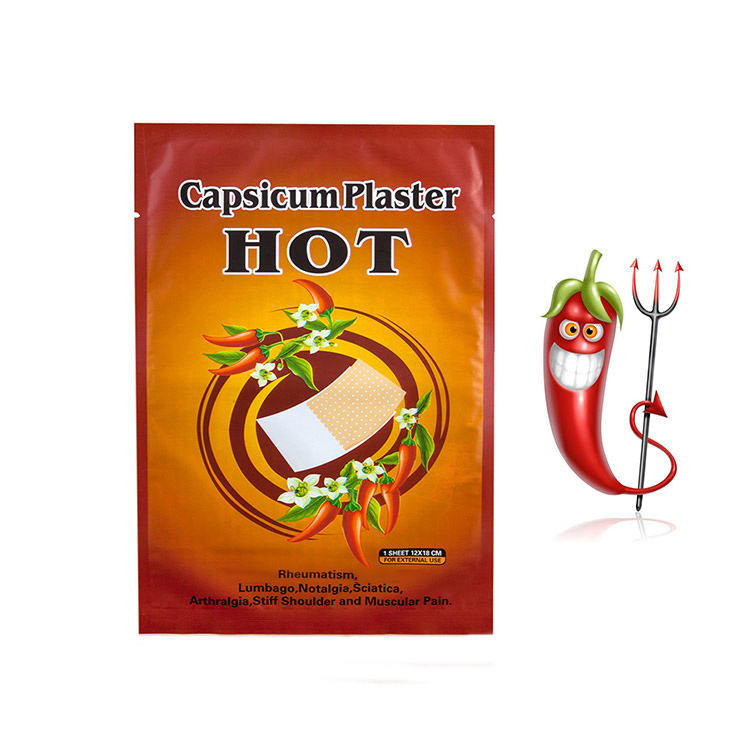Author:Kangdi 12-01-2024
Capsicum plasters are a popular home remedy used to temporarily relieve back, neck, shoulder, and muscle pain. However, some individuals have raised concerns about whether the active ingredient capsaicin can burn or irritate skin with repeated use. This article examines the safety considerations for using capsicum plasters effectively.
Capsicum plasters work by containing concentrated amounts of capsaicin, a compound found naturally in hot peppers. When applied to the skin, capsaicin triggers a heating sensation that distracts the nerves from underlying pain and inflammation. This produces temporary relief for chronic or acute musculoskeletal aches and soreness.
In most cases, capsicum plasters can be used without damaging healthy skin when proper precautions are taken. Capsaicin only activates sensory neurons- it does not actually burn the skin by causing direct tissue damage or increased blood flow like heat therapy. However, those with sensitive skin may experience localized redness, itching, or stinging during use.
Certain tips can help maximize the benefits of capsicum plasters while minimizing skin irritation:
Carefully follow all package directions. Do not exceed the recommended usage duration, which is typically 12 hours per application.
Never apply capsicum plasters to broken, irritated, or damaged skin. The capsaicin can seep into open wounds causing a painful burning sensation.
Avoid using on the face or other thin sensitive areas prone to irritation. The neck, shoulders, back, knees, and elbows are better suited for capsaicin.
Always test a small patch first to check for any allergic reactions or sensitivity. Discontinue use if severe redness or itching occurs.
Use extra caution if applying capsicum plasters after bathing, when the pores are open and skin is more permeable.
Gently wash and dry the skin to remove any creams or oils before application. Occlusion can intensify capsaicin absorption.
Carefully replace plasters if they begin to loosen or wrinkle during wear. Use medical tape if needed to keep the edges firmly adhered.
While capsicum plasters provide localized pain relief for many, those with existing skin conditions should use caution or avoid use altogether. Individuals with eczema, psoriasis, or broken skin are at higher risk for adverse reactions from the concentrated capsaicin formula. Seeking medical advice before use is recommended if any skin sensitivity is suspected.
In summary, when used properly for limited durations, capsicum plasters are generally safe for healthy skin. Following the product instructions closely and avoiding contact with broken or irritated skin will help reduce the risk of any blistering or burns occurring. Being aware of proper precautions allows capsicum plasters to be harnessed as an effective home remedy for temporary pain management.
 0086 19937104978
0086 19937104978





